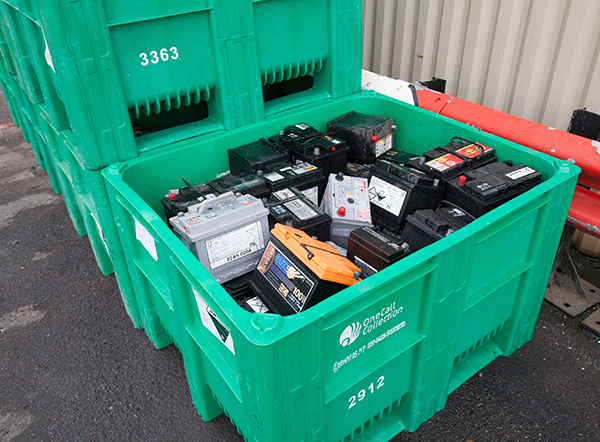Using lead-acid batteries correctly involves several key steps to ensure optimal performance, safety, and longevity.
- Installation:
- Ensure the battery is compatible with the intended application.
- Follow manufacturer guidelines for proper installation, including terminal connections and securing the battery in place.
- Ensure adequate ventilation around the battery to disperse hydrogen gas emitted during charging.
- Charging:
- Use an appropriate charger designed for lead-acid batteries and follow manufacturer recommendations for charging voltage and current.
- Avoid overcharging, as it can lead to electrolyte loss, overheating, and damage to the battery plates.
- Regularly check electrolyte levels and top up with distilled water as needed, following manufacturer guidelines.
- Discharging:
- Avoid deep discharges whenever possible, as they can reduce battery life. Lead-acid batteries perform best with shallow or moderate discharges.
- Monitor battery voltage during discharge to prevent over-discharging, which can cause irreversible damage.
- Use the appropriate discharge rate for the application to maximize battery efficiency and lifespan.
- Maintenance:
- Regularly inspect the battery for signs of damage, corrosion, or leaks. Address any issues promptly.
- Keep the battery and surrounding area clean and free from debris or contaminants.
- Check and tighten terminal connections periodically to prevent poor electrical contact.
- Follow manufacturer guidelines for equalizing charges, which helps balance cell voltages and prolong battery life.
- Safety:
- Wear appropriate personal protective equipment (PPE) when handling lead-acid batteries, including gloves and safety glasses.
- Avoid short circuits by keeping tools and metal objects away from battery terminals.
- Handle batteries with care to prevent spills or drops, as sulfuric acid is corrosive and can cause injury or damage.
- Disposal and Recycling:
- Dispose of old or damaged batteries properly according to local regulations. Lead-acid batteries contain hazardous materials and should be recycled at authorized facilities.
- Recycle spent batteries to recover valuable materials such as lead and sulfuric acid, reducing the environmental impact of battery disposal.
- Monitoring and Testing:
- Regularly test battery voltage, specific gravity (for flooded batteries), and overall performance using appropriate tools and equipment.
- Implement a maintenance schedule to monitor battery health and address any issues promptly.
By following these guidelines, you can use lead-acid batteries safely and effectively, maximizing their performance and lifespan while minimizing the risk of accidents or environmental harm.


